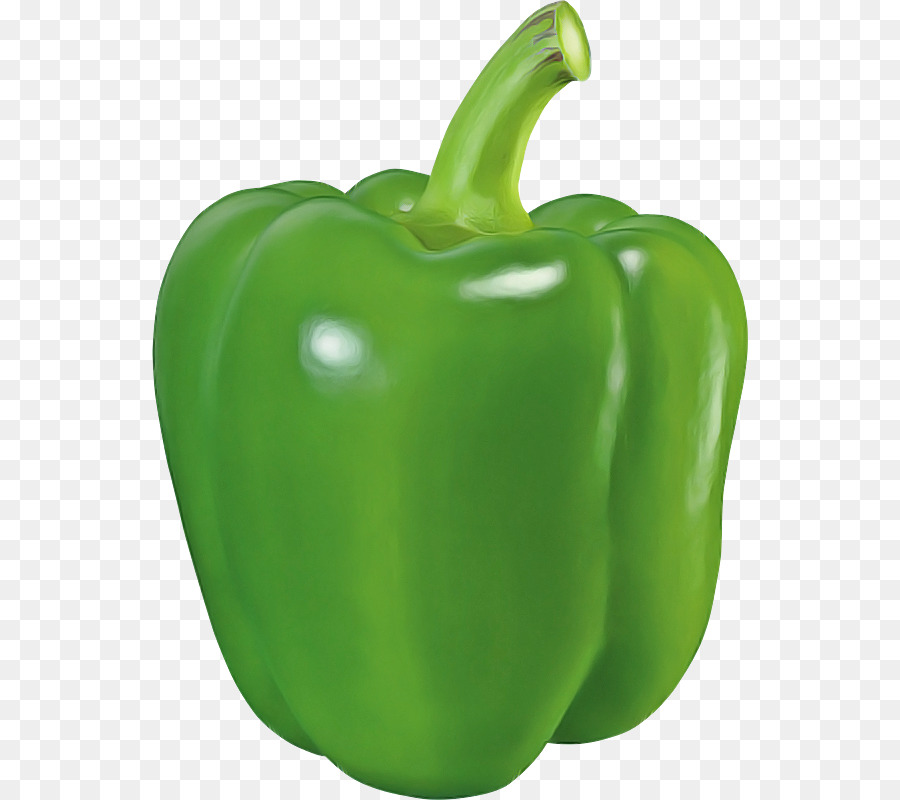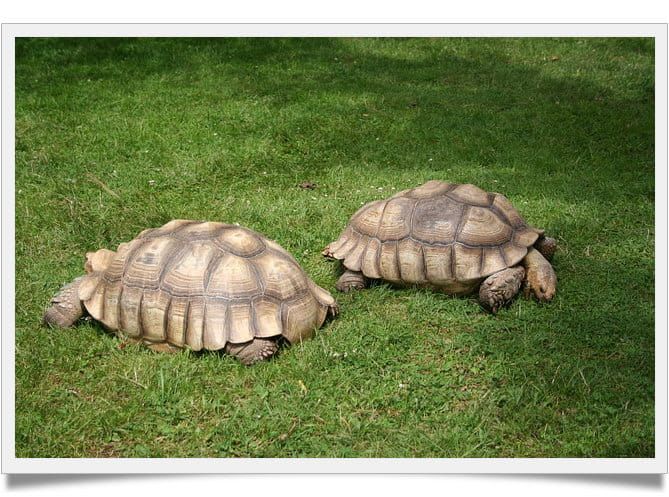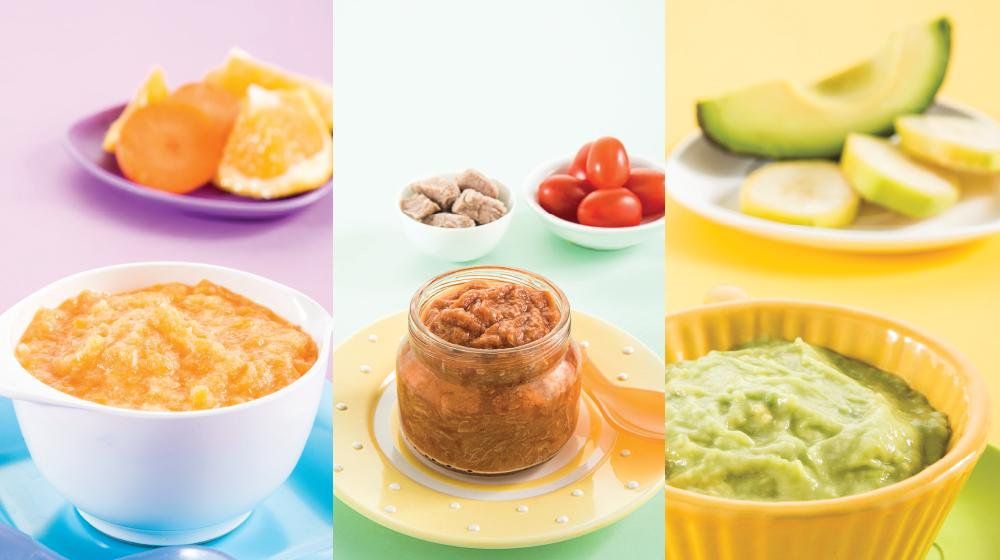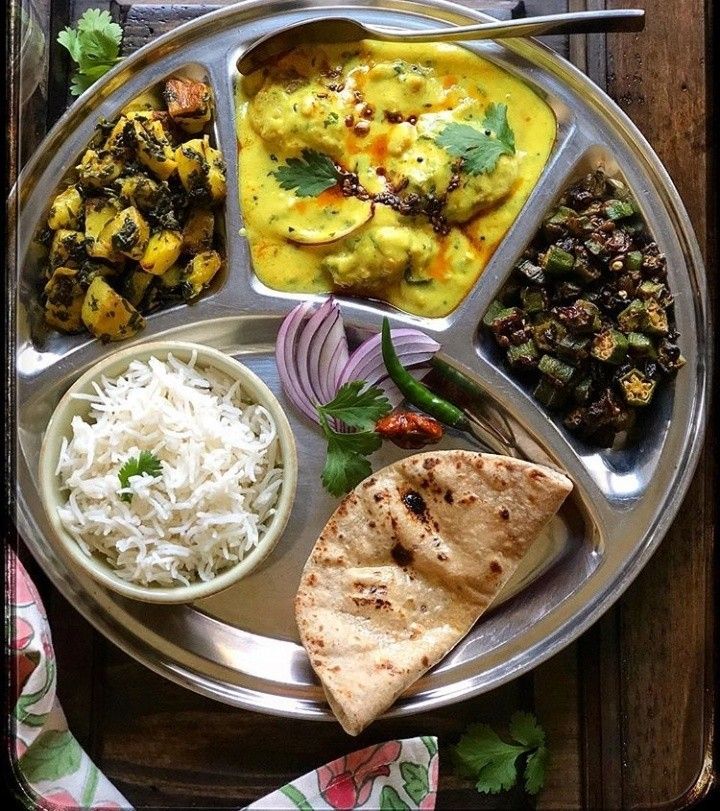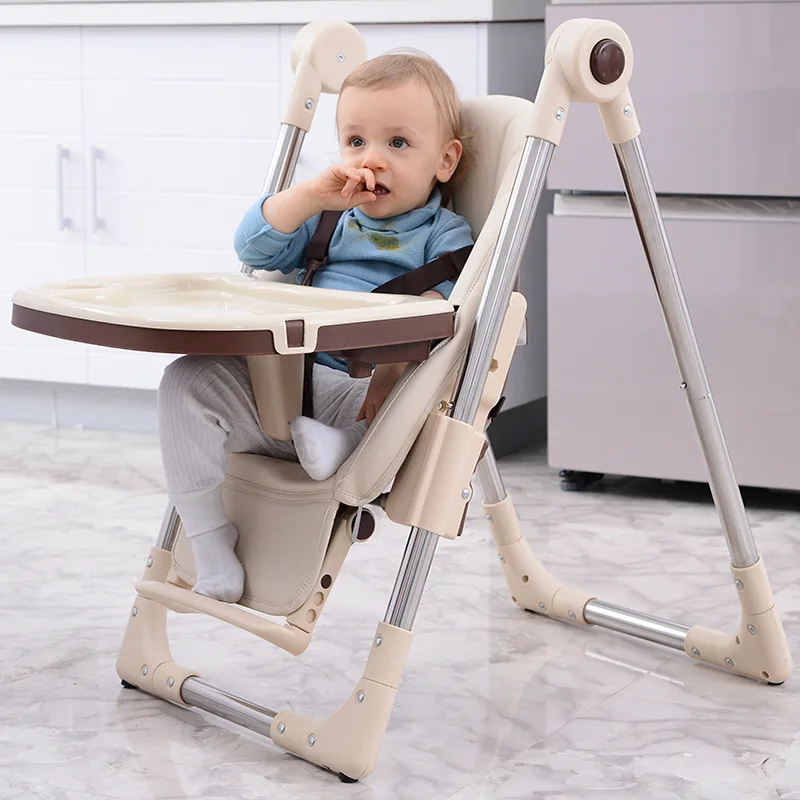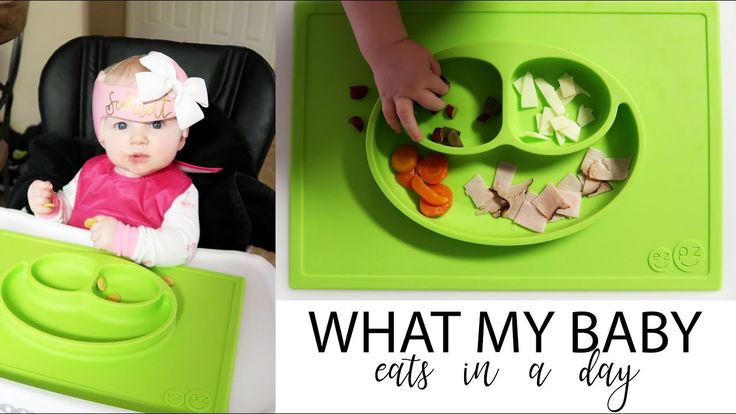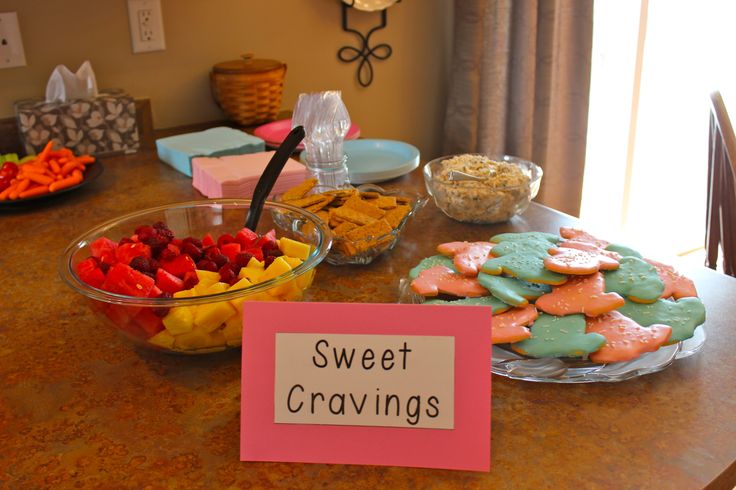Can you feed baby cold formula
Can Babies Drink Cold Formula? Yes. Here's Why.
Your cart is empty
Shop formulas
You have not added any favorites yet.
Shop formulas
August 18, 2020
Can Babies Drink Cold Formula? Yes. Here's Why.
Parents may wonder, can a baby drink cold formula? Our simple answer is, yes, of course they can!
So why do we suggest warming the water first, and is there really a perfect temperature for the bottle? Also, are all babies okay with cold bottles or is that a learned preference? Keep reading, as we answer these questions and more.
Boiling Water for Baby Formula
If you visited our formula preparation guide, you will notice the first step is to boil the water. The reasoning behind this is to kill the bacteria and other microorganisms that could be present in your water.
Perhaps your water is perfectly clean, and we really hope it is! But as an extra precaution, it is highly advised to boil the water for your baby’s safety. Those microorganisms may not bother our grown-up adult body, but your baby could be more sensitive. Just play it safe.
Lastly, if you are using your tap water to prepare the water, please only fill your tea kettle or water warmer with cold water. The hot water heaters and plumbing in your house may have corrosion from running the hot water through them.
These metallic contaminants can be picked up, and boiling your water does not remove them from the water! Using the cold tap water may take longer to heat up, but it is the safest option.
Baby Bottle Warmer – is it necessary?
Many parents buy bottle warmers to bring the formula to the “perfect temperature” for their baby. While this may seem like a necessary item for new parents, many experienced parents realize this is not the only option.
While this may seem like a necessary item for new parents, many experienced parents realize this is not the only option.
In fact, many babies will drink the bottle if it is mixed with room temperature water. Perhaps you are out of the house and have a bottle of water you are using to mix the formula. Your hungry baby will drink that bottle with that room temperature water, even though it isn’t as warm as the bottle warmer will make it.
This doesn’t mean you can’t buy a bottle warmer, perhaps your baby is very finicky and will only take it warm. In this case, your bottle warmer will be a happy addition to your baby products.
Just remember, the temperature for the baby formula should never be hot. Always test it on your wrist first to make sure the baby formula is around body temperature.
Cold Formula for Baby
To save time, many parents mix up bottles for the next day and place them in the refrigerator. This is a great strategy, just remember mixed baby formula is only good for 24 hours.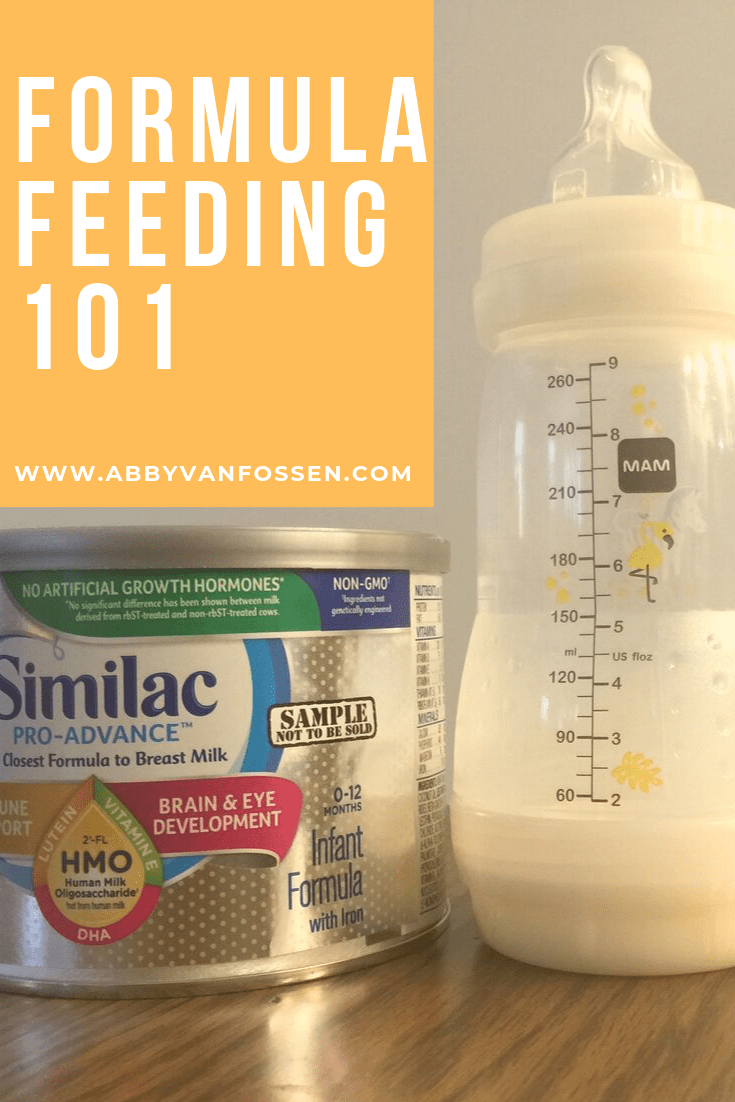
When it’s time to feed your baby, you might not want to wait for the bottle to warm up. Some parents just give the formula to the baby as it is. Drinking the bottle warm all the time could possibly lead to a learned preference for the baby. Try varying up what temperature you serve the bottle, and see if your baby really doesn’t mind.
But does cold formula upset baby’s stomach? Not really. We drink cold milk all the time, and your baby might even enjoy the milk cold – especially if they are teething!
If you have a newborn baby, you might not want to give refrigerator cold formula at first; their digestive system doesn’t need to burn extra calories or energy warming it for them.
For newborns (or finicky babies), you can take the initial chill off from the bottle by running warm water over it in the sink for a minute and swirling it. Or to conserve water, you can place the bottle in a deep bowl filled with warm water for a few minutes.
Once your baby is past the newborn stage, serving bottles directly from the fridge might end up being the preferred option for baby. Just watch your baby, and let their cues tell you what is best for them!
Just watch your baby, and let their cues tell you what is best for them!
Another note, some babies are okay with the cold milk, but they do not like the cold nipples. Try storing your bottle in the fridge with a top (some bottles have the top without the nipple). Or you can always run the nipple under warm water at the sink before serving baby.
Never warm the bottle up in the microwave! This can create hot spots in the milk, not to mention destroy the bottles and possibly leak chemical contaminates into the milk.
#1 Best Cow Milk Formula
Kendamil Stage 1
Age: 0-6 months
Size: 800g / 28.22oz
Why Choose?
Whole Milk option with MGFM, DHA/ARA from Algae Oil instead of Fish Oil, No Palm Oil
Check Pricing
#1 Best Goat Milk Formula
Holle Goat Milk Stage 1
Age: 0-6 months
Size: 400g / 14oz
Why Choose?
Biodynamic Organic A2 Whole Goat Milk, Organic Maltodextrin, No Palm Oil
Check Pricing
Conclusion
Cold formula does not hurt babies, and in fact might be the preferred temperature for your baby.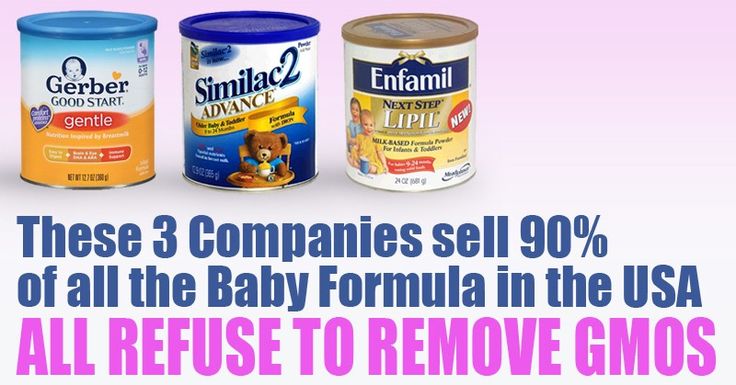 Newborns shouldn’t have refrigerator cold formula, but after this stage, it is perfectly acceptable to introduce the formula cold.
Newborns shouldn’t have refrigerator cold formula, but after this stage, it is perfectly acceptable to introduce the formula cold.
Always observe your baby and don’t force your baby to have cold formula if they refuse it. It’s better to feed your baby and take the extra few minutes warming it up each time if they are finicky with cold formula.
Read Next:
Can Babies Drink Cold Formula? An Honest Answer. – Organic Life Start
As a parent of an infant, making the right feeding choices for your baby can be extremely overwhelming. Making a choice to feed formula for your little one is a major decision. Since many parents spend so much time feeding their little ones, there may be many questions, including “can a baby drink cold formula?”
It is entirely safe for a baby to drink cold formula or breastmilk. As long as your baby is happy and healthy, there is no need to be concerned about giving your little one the formula straight from the refrigerator. However, if your baby is used to being fed warm formula milk, it may be difficult for them to take the cold bottle of milk.
However, if your baby is used to being fed warm formula milk, it may be difficult for them to take the cold bottle of milk.
If a baby can drink cold formula, why is it suggested to warm the water first? Can all babies easily drink cold formula? Is cold formula safe for my baby? Here we’ll cover all these questions so that you can make healthy feeding choices for your baby.
Is Cold Formula Good For Your Baby?
For the sake of saving time, many parents prepare formula bottles for the next day and store them in the refrigerator. Although this is a time-saving strategy, it is essential to remember that prepared formulas should be used within 2 hours. This prevents bacteria buildup.
When it comes to feeding the baby, some parents just give the formula to the baby without waiting for the formula bottle to warm up. Drinking the formula cold or warm all the time could possibly be a learned preference for the baby. To check your baby doesn’t mind drinking cold or warm formula, you can serve the bottle with warmer or colder variations.
But is it true that your baby’s stomach can get upset with cold formula? No, it isn’t. The chances are your baby might enjoy drinking cold formula, especially when he/she is teething (more info on that to come!).
Many parents might not want to give formula straight from the fridge when they have a “newborn” baby; their digestive system may not tolerate it. Therefore, you can try taking the chill off from the bottle by placing the bottle in a bowl filled with warm water or running warm water over it in the sink for a few minutes.
If your baby is four to six months old, cold formula may be the preferred choice for the baby. Just observe your baby and how they respond to warm or cold formula.
An important thing to consider: your baby may be okay with the cold formula, but he/she may like the cold nipples of the bottle. For this, try placing the nipple under running warm water or placing the bottle in the fridge with a top before serving the baby.
Many parents give their baby the formula warmed in the microwave. This needs to be stopped because research has shown that warming up the bottle in the microwave generates hot spots in the milk, which can burn your baby’s mouth and throat.
This needs to be stopped because research has shown that warming up the bottle in the microwave generates hot spots in the milk, which can burn your baby’s mouth and throat.
Let’s have a look at the pros and cons of giving your baby the cold formula.
Pros Of Giving Cold Formula To Your Baby
1. Avoiding The Risk Of Overheated Milk
Feeding your baby a cold formula overcomes the risk of overheating the formula. Incorrect heating leads to overheating the formula, creating hot spots and destroying essential nutrients. When you choose to give your little one a cold formula bottle, you always know that you are feeding your baby in a safe manner.
2. Giving Cold Milk Is Faster
Although it does not take very long to warm the bottle of formula milk, when you multiply that by the number of bottles fed per day, the time adds up. Filling formula milk into the bottle straight from the refrigerator reduces the time to get the formula milk ready.
3.
 It is Easier to Travel
It is Easier to TravelAs a parent, you already know how challenging it can be to leave the house with a baby. Feeding the baby makes it even harder for you while traveling because you have to ensure that your baby’s formula bottle is all prepped and appropriately stored. You also worry about when and how to feed your baby while you’re out. Not having to warm the bottle makes things a lot easier.
Cons Of Giving Cold Formula To Your Baby
1. Cold Milk Is Not An Optimal Choice For Preemies
For full-term, healthy babies, it is nothing unsafe about feeding your baby cold formula. But for premature babies, parents should warm the milk prior to feeding. In newborn intensive care units (NICU), it is a normal practice for nurses to feed babies warm milk. Since preemies have a very low birth weight, feeding cold formula causes changes in their body temperature.
However, there is no confirmed evidence on whether a cold formula is unsafe for premature infants or not. Therefore, it would be good for you to discuss this with your baby’s pediatrician.
Therefore, it would be good for you to discuss this with your baby’s pediatrician.
2. Your Baby Might Refuse Cold Formula
This is one of the most important things to consider while giving your baby the cold formula. If your baby has always been fed warm formula milk, the chances are they may refuse to drink cold formula, followed by extensive crying.
3. Risk of Bacteria-buildup
Opting to store and refrigerate the formula before using adds an increased risk of bacteria contamination due to cold milk storage. You can try to avoid some of this by always fully closing the bottle and never leaving it exposed and open to potentially come in contact with other food that may be in your refrigerator.
What If The Idea Of Feeding Cold Formula Backfires?
With the pros and cons of feeding your baby cold formula mentioned above, you have probably realized that giving your little one a bottle of cold formula isn’t always the optimal choice. If this idea backfires, we suggest you choose the option of warming up the formula bottle in a bowl of warm water. It will require one or two feedings to determine whether your baby will accept it or not.
It will require one or two feedings to determine whether your baby will accept it or not.
What Should You Do If Your Baby Doesn’t Drink Cold Formula?
If your baby needs to be fed warm milk, you should warm the formula milk by running it in the warm water or placing it in a bowl of warm water until the milk inside the formula bottle warms up. Try testing the temperature of formula milk by placing a few drops on your wrist. If it feels neutral, it means the formula milk is not too warm and not too hot.
Boiling Water For Your Baby
If you’ve ever seen the “formula preparation guide” section on the formula package, you might have noticed that the first step to preparing the formula is to boil the water. It is because boiling the water kills harmful microorganisms, including bacteria present in the water. Babies are more sensitive to these microorganisms. Therefore, boiling the water for your little one’s safety is highly advised.
Bottle Warmers For Heating The Formula
Bottle warmers may be the best portable option for heating your baby’s formula bottle to the “perfect temperature” that your baby desires.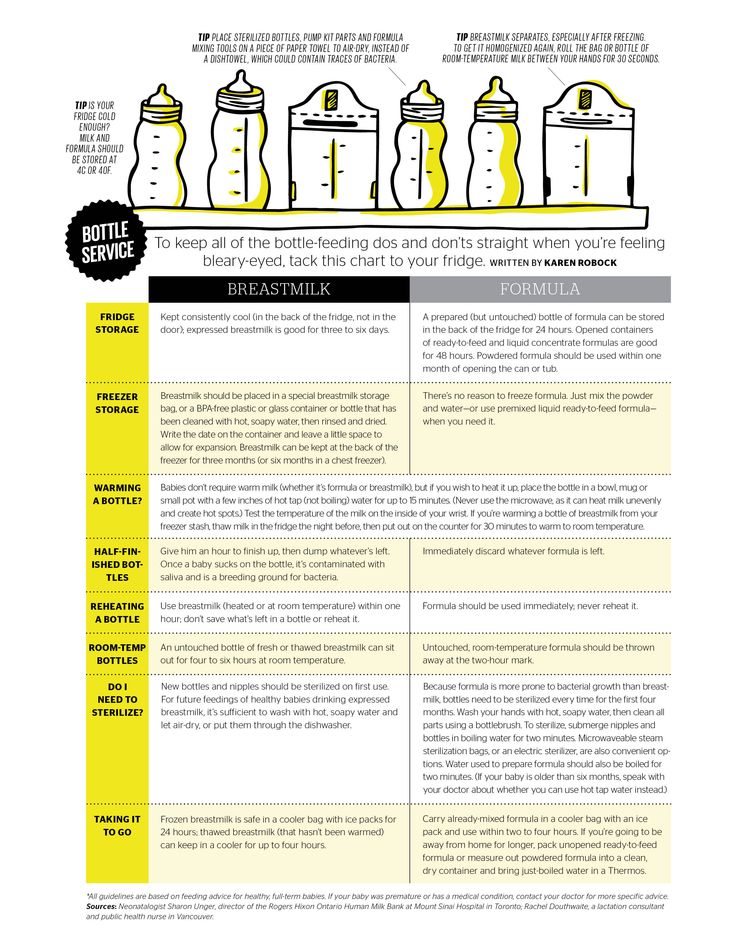
Bottle warmers are a good option because you always know that your little one’s formula milk is never overheated. They are portable and easy to use, keeping a charge for more than 12 hours. It means that you can warm up the formula bottles all day long without any hassle.
The Final Verdict
Since the cold formula is safe for your baby and is according to their preferred temperature, it is safe to give the formula to your baby that way. Newborns, especially premature infants, should not be fed formula straight from the refrigerator, but once your little one is past the newborn stage, it is entirely safe to introduce cold formula to them unless it is prepared with boiled water.
To conclude, always remember not to force your baby to drink cold formula if they cry or refuse to drink it. As a parent, it is crucial to keep your infant happy and healthy. Therefore, it is better to spare a few extra minutes from your routine to warm up the formula before feeding your baby.
Since every parent wants their baby to grow up strong and healthy with organic baby formula, Organic Life Start has a wide range of formulas to offer. We deal in selling organic formulas from trusted European brands, like Holle, Lebenswert, HiPP, and Kendamil. Still feeling a little unsure? Reach out to us so we can help you find the right formula for your little bundle of joy!
3 Most Popular Formulas That Can Be Reheated
- HiPP Dutch Formula
- Holle Cow Formula
- Holle Cow A2 Formula
Nutrition for children with colds and flu. How much to drink for a child with a cold
"How to help a child with a cold? How to make him eat at least a bite?" mothers are worried. No need to force! The fact that a sick child loses his appetite is quite natural and understandable. After all, he moves less, does not walk, and therefore he needs less nutrients. Sore throats make it difficult to swallow, and eating may cause nausea or even vomiting. In addition, the body mobilizes all the forces to fight the infection, not wanting to spend them now on digesting food.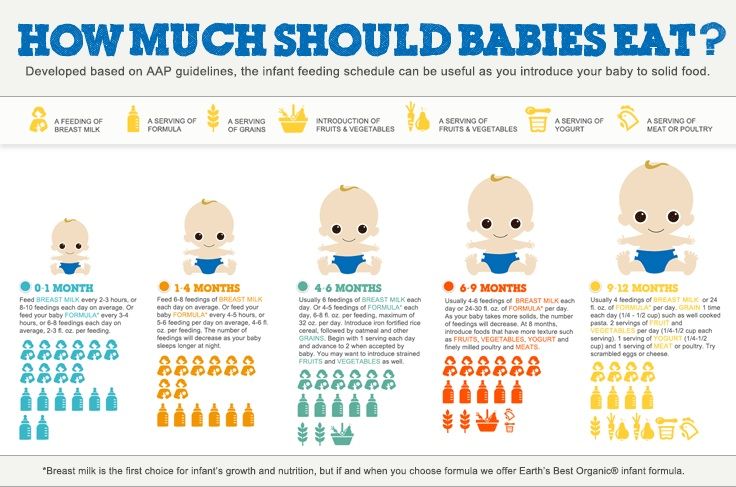 nine0003
nine0003
Try to trust your child more and listen to his needs. Don't want to eat? Don't insist. Believe me, a day or two or a little more will pass, and the appetite will return to the recovering child.
In the meantime, just offer him more liquid, because at a high temperature, heat transfer increases, and the liquid evaporates more actively from the surface of the body. Taking warm liquid reduces intoxication of the body, relieves sore throat and helps to thin viscous sputum. Even if the baby is breastfed and does not receive anything other than your milk, now he needs additional fluid intake. Offer him warm water from a spoon every hour or two. nine0003
For an older child, let's drink exactly what the child asks for and drinks best. It can be tea with lemon or raspberries, a decoction of rose hips, chamomile, thyme, fruit drinks from cranberries, currants, lingonberries, plain water, milk.
And if the baby does not refuse to eat when he has a cold, what is the best way to feed him?
It is better not to give the child solid food, as this may aggravate the pain in the throat. It is worth giving up crumbling food - crackers, cookies. If the baby coughs while eating them, the crumbs can get into the respiratory tract. Food should be liquid or semi-liquid, it can be in the form of mashed potatoes. nine0003
It is worth giving up crumbling food - crackers, cookies. If the baby coughs while eating them, the crumbs can get into the respiratory tract. Food should be liquid or semi-liquid, it can be in the form of mashed potatoes. nine0003
Check out purees that your baby will love.
Prefer vegetable and dairy foods. Vegetables and fruits are rich in vitamins and minerals that speed up the recovery of the baby. Therefore, feel free to give your child those vegetables and fruits that he loves. They can be fresh, boiled, steamed or baked. Dairy products will also work. They are nutritious and easy to digest. If the disease proceeds with complications, and the child receives antibiotics that do not have the best effect on the intestinal microflora, fermented milk products will help the intestines. nine0003
If a child completely refuses complementary foods during the period of illness and agrees to eat only breast milk or formula, treat this with understanding. As the child recovers, he will return to complementary foods. By the way, introducing complementary foods after an illness is not worth it all at once, but gradually, but the intervals for introducing various products are much shorter than when introducing a baby to complementary foods.
By the way, introducing complementary foods after an illness is not worth it all at once, but gradually, but the intervals for introducing various products are much shorter than when introducing a baby to complementary foods.
Foods such as onions and garlic have a positive effect on the immune system. If your child is too young to eat these foods but is breastfed, use these foods yourself. Just make sure that the baby does not refuse the breast after eating these products, they change the taste of milk somewhat. nine0003
Honey has a good anti-inflammatory effect. It reduces cough, has antispastic, anti-inflammatory and soothing effects. However, you must be sure of its quality. And, of course, honey is not suitable for a child under 2 years old and an allergic baby.
Foods such as meat, fish, poultry, butter, cream are not digested very well at high temperatures. Therefore, in the acute period of the disease, it is better to refuse them.
Important!
If the temperature has dropped, the child feels better, he may feel hungry. Feed him, even if it goes against the regime. Asked to eat at night? Feed! nine0003
Feed him, even if it goes against the regime. Asked to eat at night? Feed! nine0003
Appetite is often the first sign of recovery. Believe me, a child on the mend will delight you with an excellent appetite. Very little time will pass, and this transparent kid who has lost weight in an instant will again become a strong healthy man!
Feeding a sick child
Publication date: 12/15/2016 08:22
April 22nd, 2016 Olga.
While the child grows up, he will be ill with various diseases more than once. About 80% is accounted for by SARS. Any disease (we are now talking about the flu, SARS) is characterized by poor health of the child - malaise, cough, runny nose, weakness, and maybe intestinal upset. And all this affects the appetite of the child. If a child has caught a cold, mothers always ask themselves the question: how to feed him properly? Proper nutrition of a sick child will help to quickly cope with the disease. nine0003
nine0003
During an illness, the baby always has a poor appetite. There are physiological reasons for this:
- at elevated temperatures, blood circulation in the stomach slows down. because the body sends blood to vital organs: the heart and lungs. The process of digestion and assimilation of food slows down and the child needs less food than usual;
- during an illness, the liver actively fights toxins, the products of the vital activity of viruses and the decay of damaged cells, so a large amount of food carries an additional burden; nine0046
- the toxins themselves poison the body and the child, when he feels bad, not at all before eating;
- blocked nose, sore throat, difficult to swallow.
- Nutrition should be appropriate for the child's age;
- during illness, do not introduce new foods into the diet;
- food should be sparing - liquid or semi-liquid;
- make small meals if the baby does not want to eat, and the number of feedings can be increased;
- if the child refuses to eat, let him drink more fluids (water, compote, fruit drink, rosehip broth).
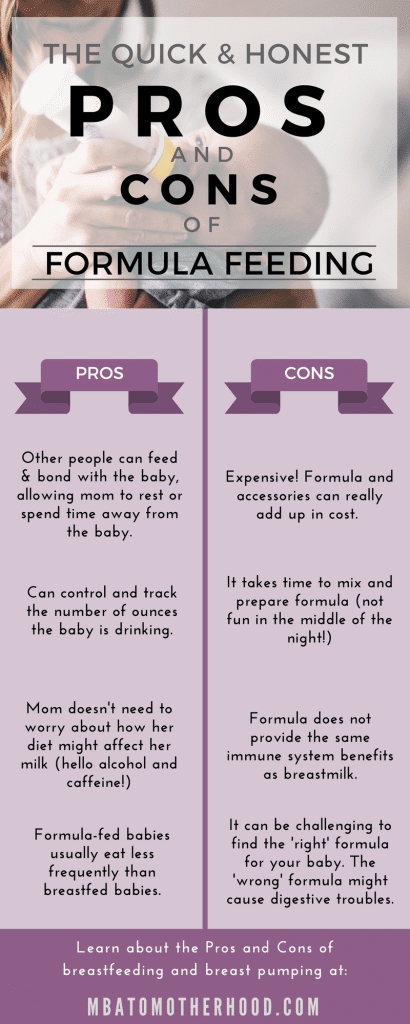 nine0046
nine0046
From the diet during illness should be excluded:
- Indigestible foods - fatty meat, whole grain cereals, fresh vegetables and fruits.
- Foods harmful to the liver - fatty dairy products, chocolate, vegetable oil, lard, confectionery.
- Coarse, which can damage the mucous membrane - nuts, seeds, crackers, cookies.
Useful menu
During an illness, a child needs food that is well absorbed by a weakened body. Therefore, chicken broth, vegetable soups, stewed and boiled vegetables are perfect for feeding a child during SARS. nine0003
To avoid mechanical irritation of the stomach, choose foods that are low in fiber. What foods are low in fiber? These are potatoes, cauliflower, pumpkin, rice and semolina, animal products.
Potatoes are especially delicate in fiber, so include mashed potatoes in your menu more often. You can cook mashed potatoes with sausage, cheese. Beautifully decorate the dish.
Animal protein must be present in the diet of a sick child, since it is a building material for protective antibodies. They are rich in lean meat - veal, beef, lean pork. For soups, use secondary broths from turkey meat, rabbit, chicken breast. nine0003
They are rich in lean meat - veal, beef, lean pork. For soups, use secondary broths from turkey meat, rabbit, chicken breast. nine0003
What else can you feed a child during illness? Yogurt helps out well, especially homemade, with the addition of berries.
Cook porridge for the child: semolina, oatmeal, you can also add berries from jam or defrosted.
A sick child needs vitamins. You can make vitamin drinks from rose hips, berries, cook jelly, dried fruit compote, berry juice. . Such drinks will alleviate the condition of the baby if the throat hurts. But with indigestion, milk should not be given at all. nine0003
To increase the appetite of the dish, it is desirable to arrange it beautifully so that the child immediately has a desire to eat it.
Nutrition for a convalescent child
After an acute period of illness, the recovery period begins when the baby is on the mend and nutrition during this period plays an important role. The food of a recovering baby should be rich in energy in order to restore strength, contain minerals and vitamins, the food should be well absorbed.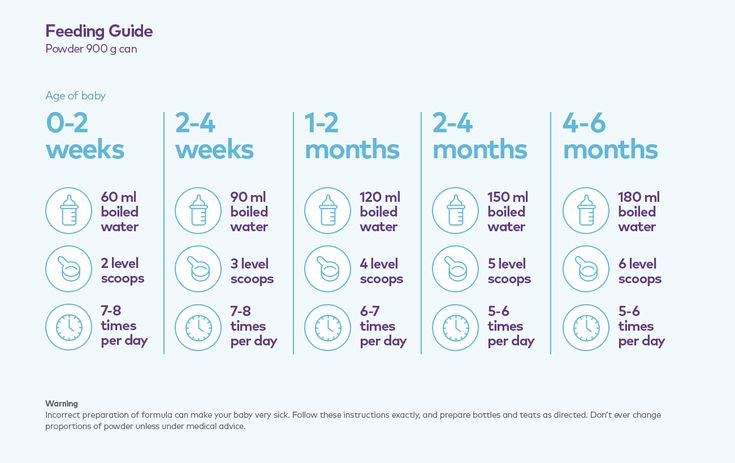
As soon as the symptoms of the disease subside, do not rush to pounce on a child with enhanced nutrition, it will take a few more days to restore digestion. Continue to follow the diet, adding lean meat and fish, cheese, eggs, boiled vegetables and fruits to it. nine0003
Ideal for casseroles, puddings, steamed cutlets, vegetable soups. Introduce fruits and vegetables into the diet and do not forget about sour-milk products that will help restore the disturbed intestinal microflora. Let during this period the food be fractional, the child eat a little. And when the body gets stronger, the child will return to a normal diet.
Choosing tactics
When feeding a sick child, parents should remember that it is impossible to force-feed a child!
We provide a diet with easily digestible products. Some parents find it difficult to feed the baby during illness, he categorically refuses to eat. Psychologists advise not to turn feeding into a circus with musical numbers so that the child eats "well, at least one spoonful.



